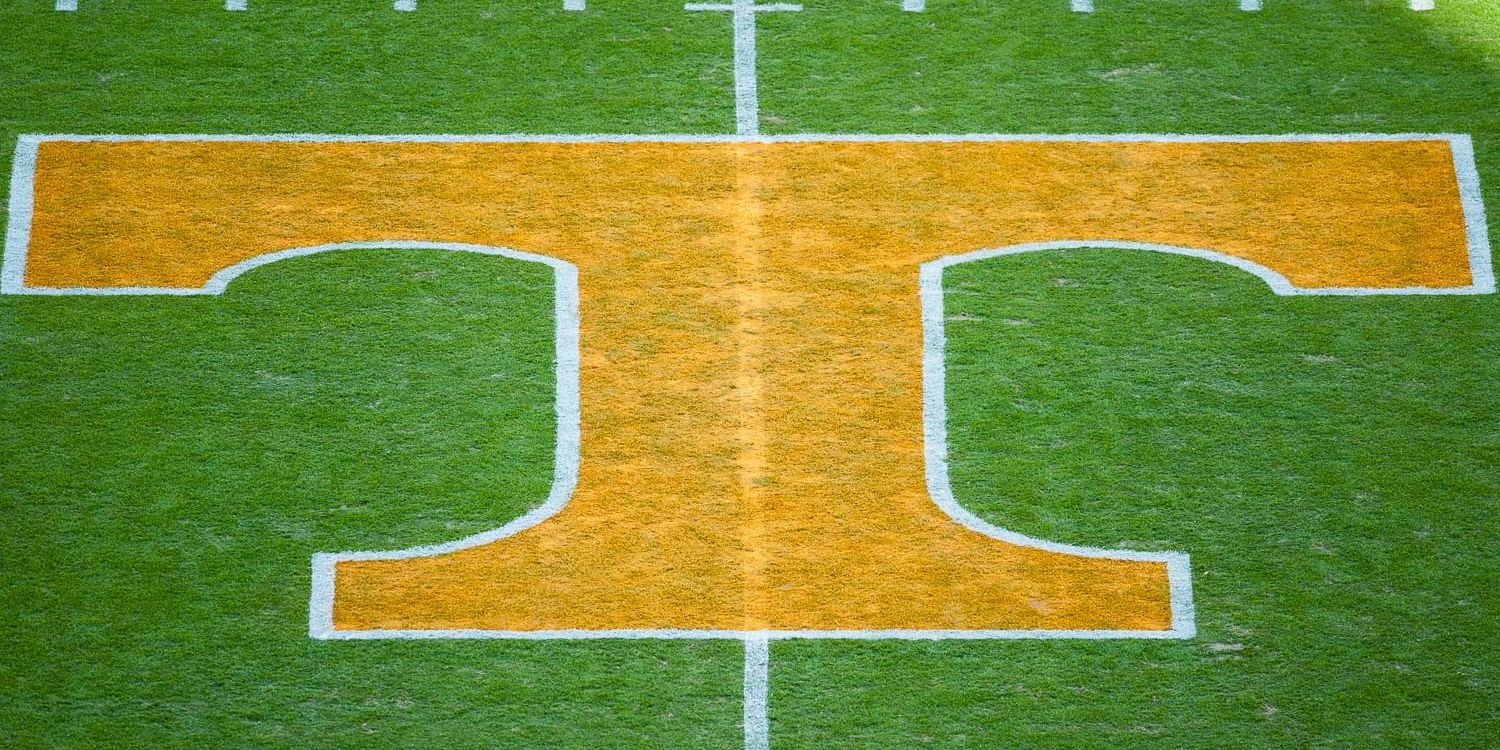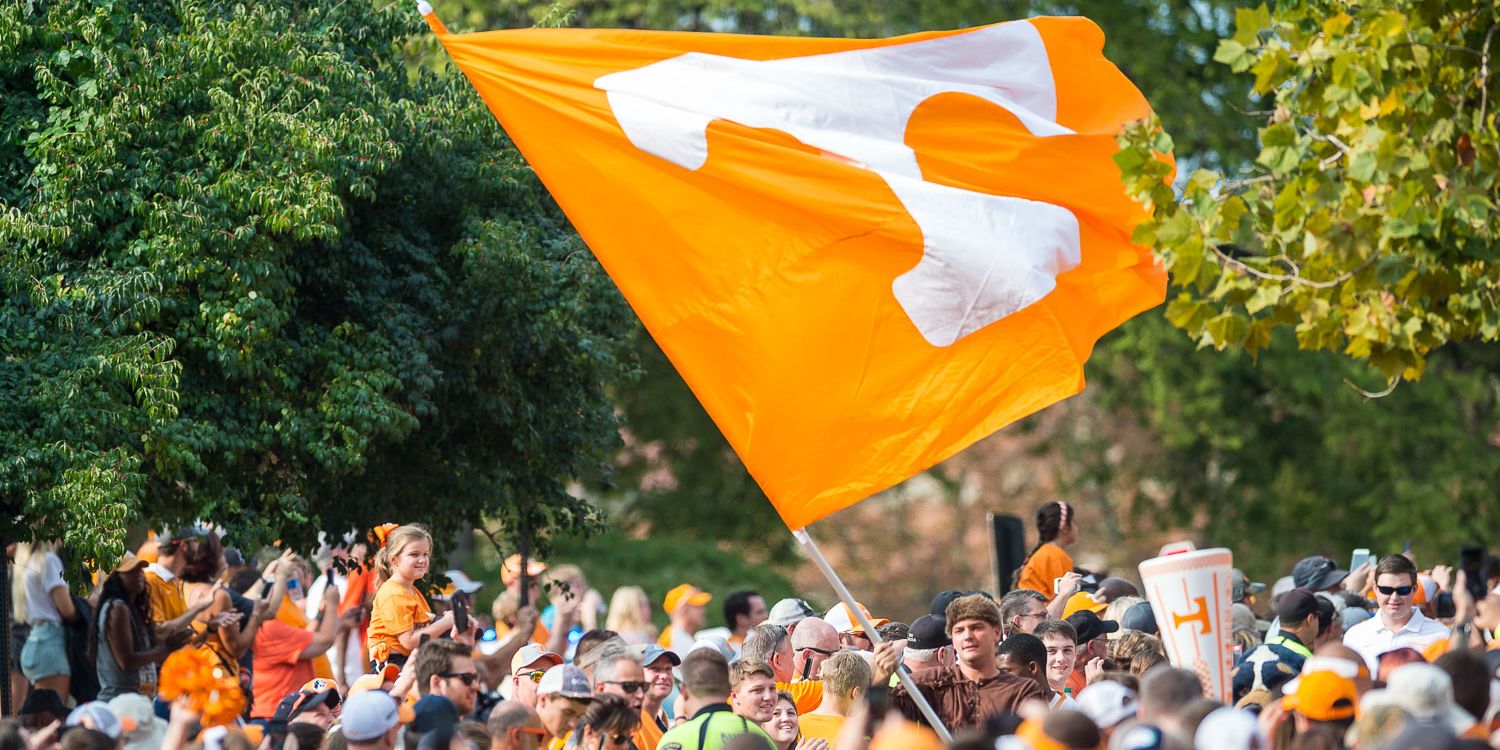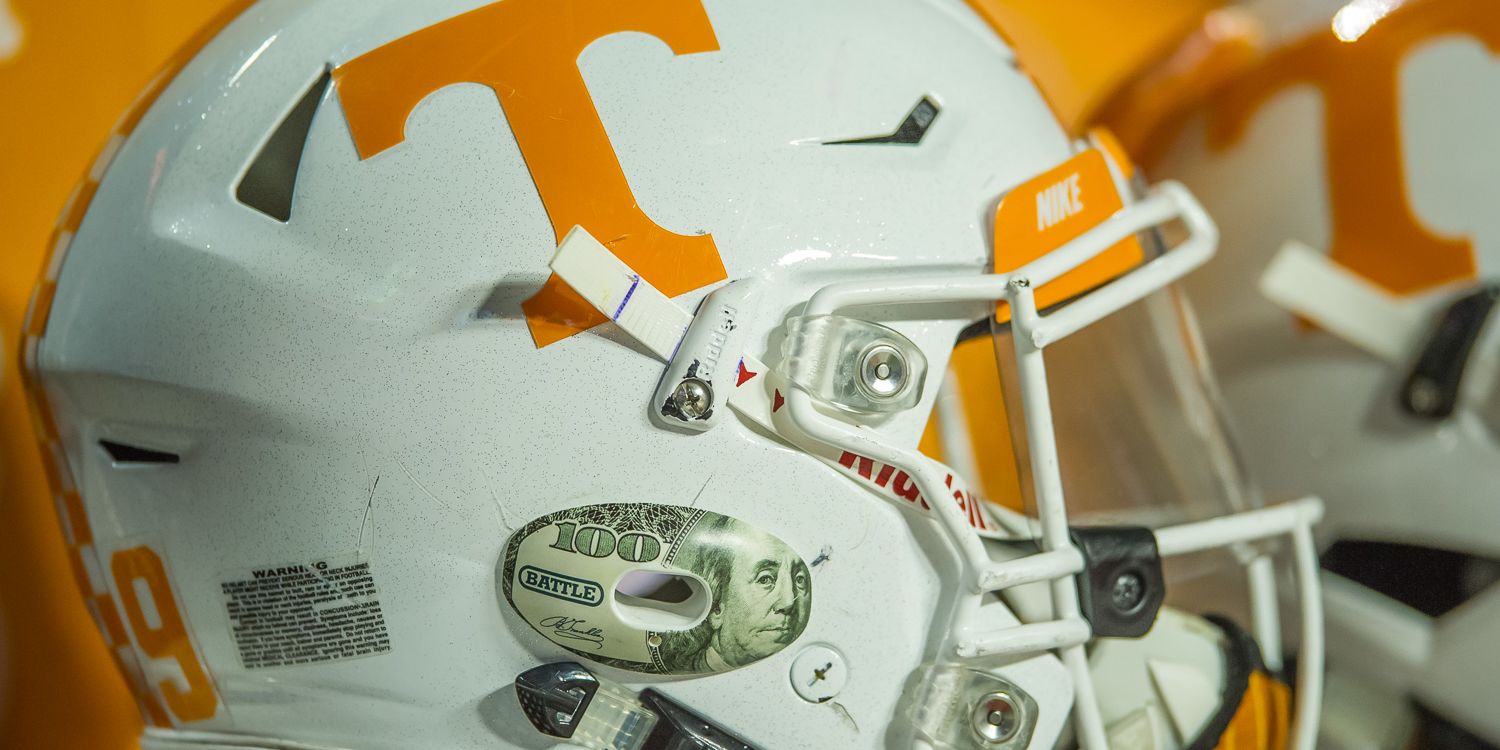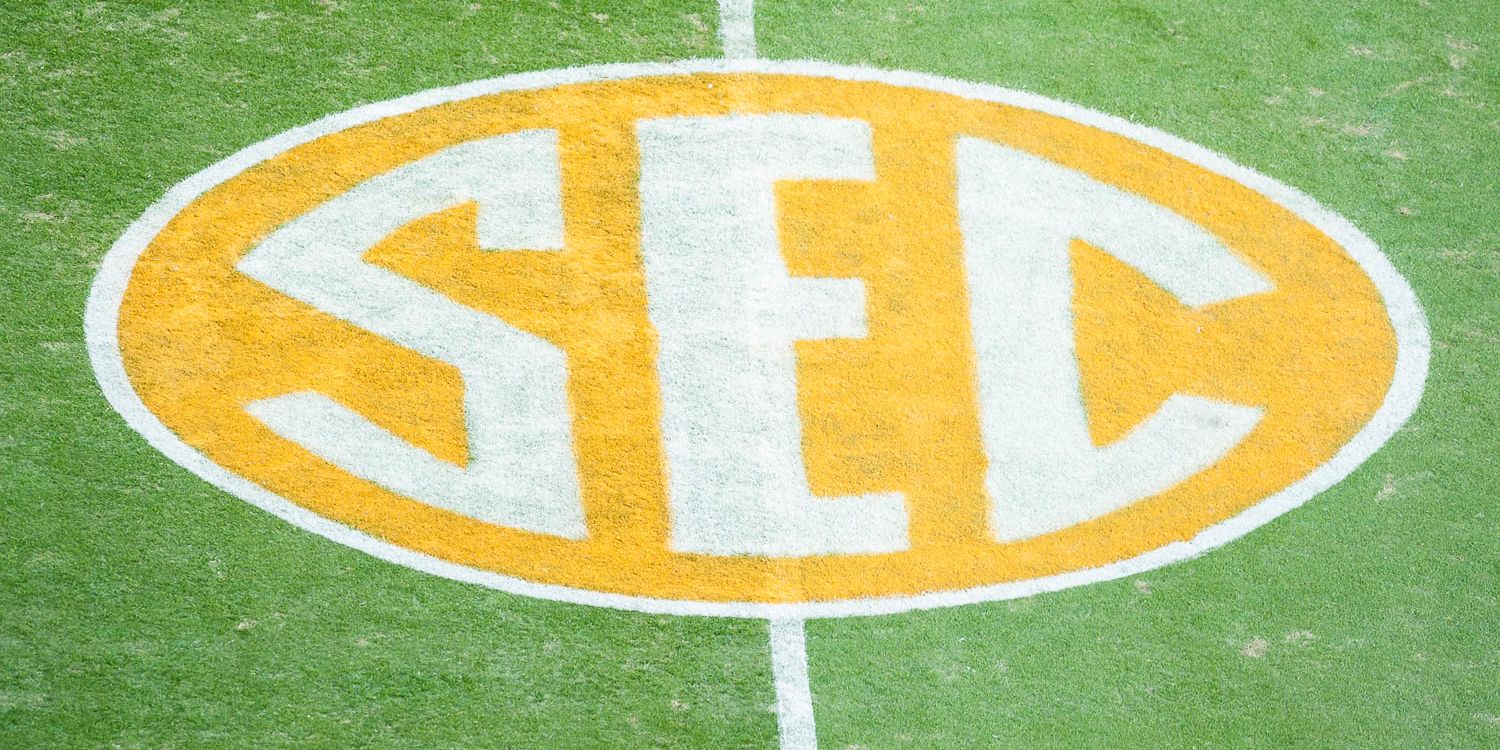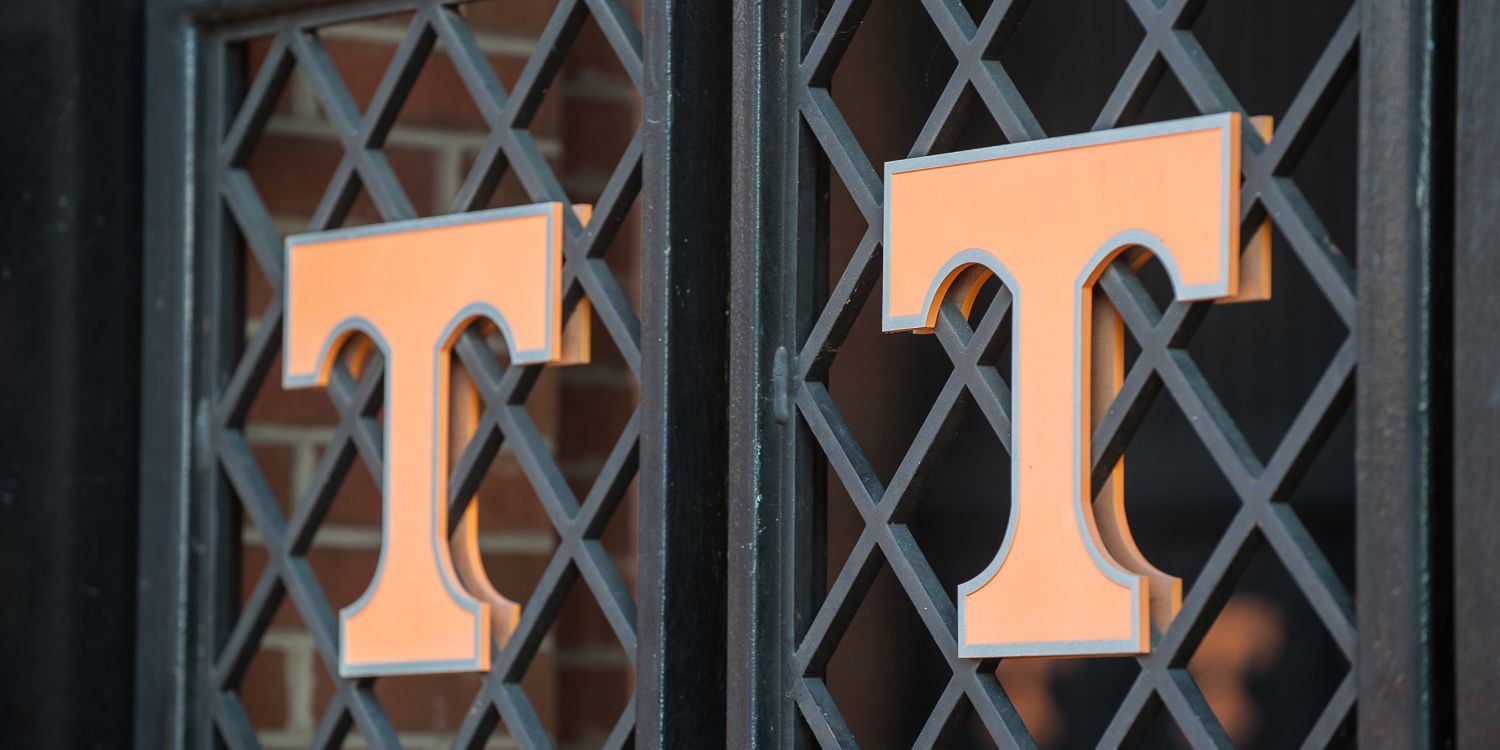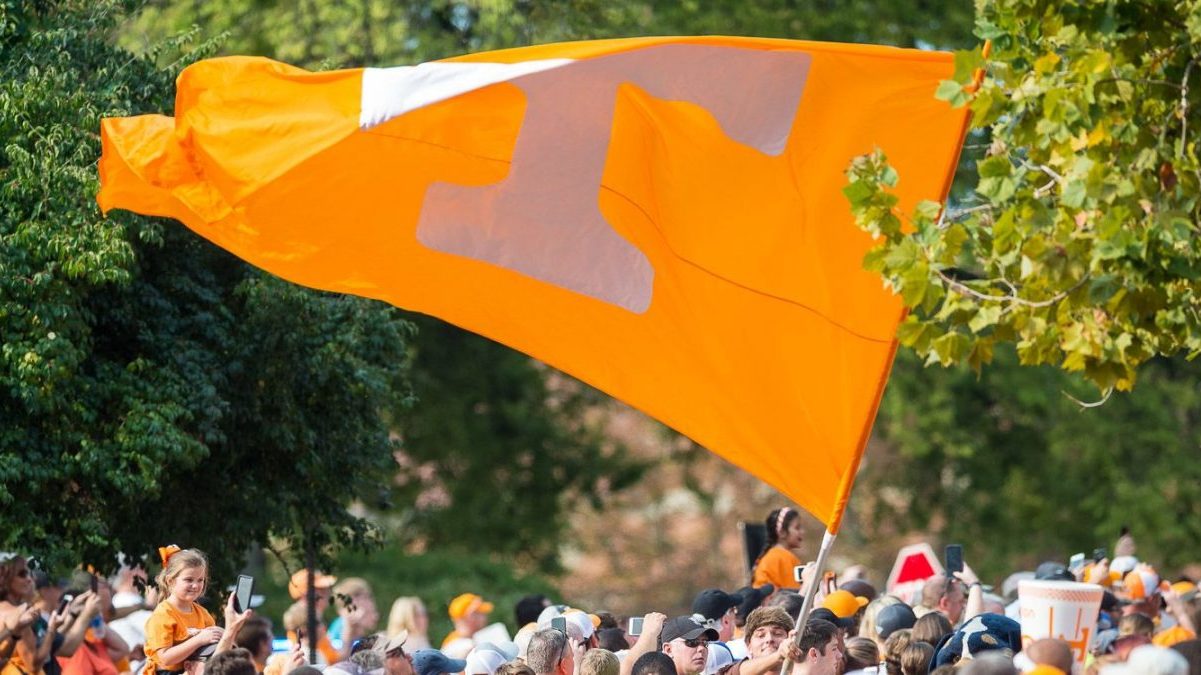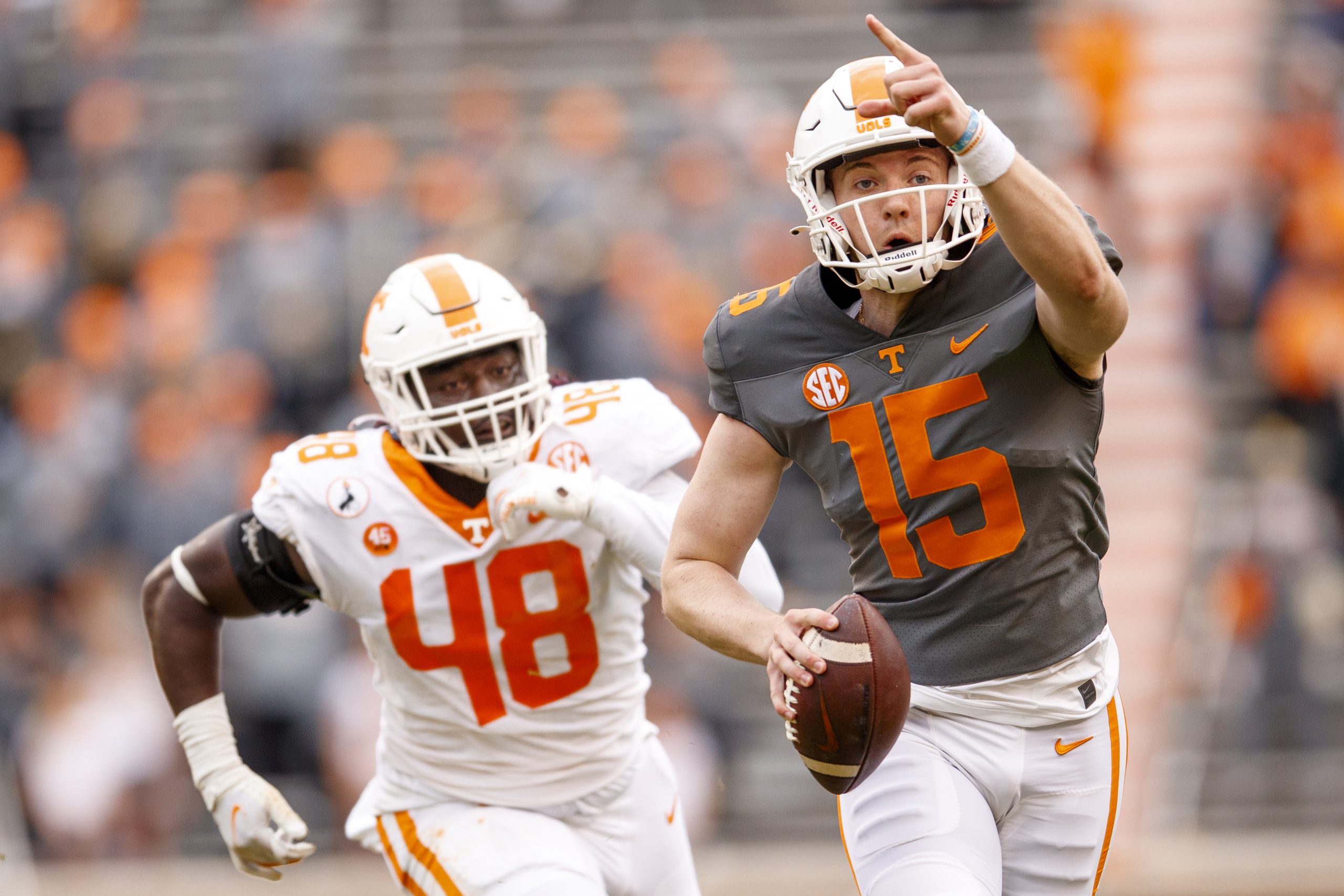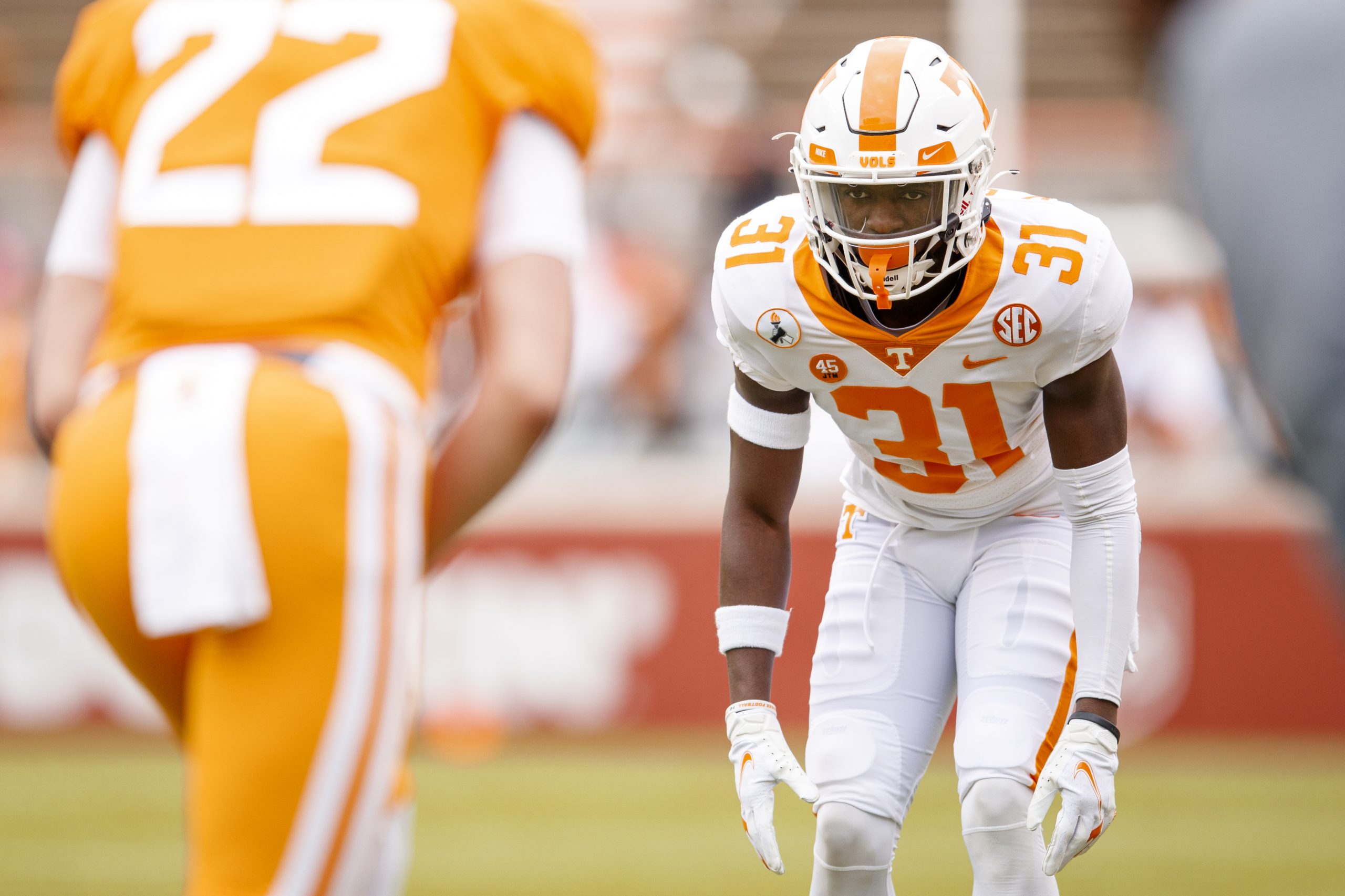One of the conversations I’ve encountered most in these last few weeks is how we’ve become accustomed to bad news following good. We’re living a bit of it right now until Tony Vitello signs an extension. It’s not just that football has trended down over 13 years…it’s that none of those 13 seasons found a way to live on in our memories. It’s something we wrote about when the Butch Jones era looked like it was headed for the off-ramp after a 41-0 loss to Georgia in 2017: you can create a moment in any season, but ultimately the season itself has to be considered a success for that moment to last.
Tennessee’s baseball team created plenty of moments this year, including a walk-off grand slam that should be talked about by anyone following Tennessee baseball a decade from now. We haven’t been doing this long enough to know how true, “Any season that ends in Omaha is a good one,” is. It does make me think about what the basketball equivalent might be.
The way we perceive basketball is a funny thing. The Vols have advanced to the Sweet 16 six times since 2000 (28.5% of the tournaments played in that span), and five times since 2007 (35.7%). You’d like to see that number climb towards 50%, a number elite programs tend to hit. But the Vols have also had the misfortune of going 1-5 in those Sweet 16 games, losing three times as the higher seed. Those finishes, and their inability to reach a round that would automatically be defined as success, can leave a slightly sour aftertaste.
The one time the Vols did break through to the Elite Eight did come a couple years after the football program entered exile in 2010, and is probably my favorite team to write about as long as I’ve been doing this. That season will live forever, both in individual moments and the whole. But they had the misfortune on the calendar of being followed by the investigation into their head coach just five months later, and the termination of said coach at the end of the following season. Cuonzo Martin’s run to the Sweet 16 was followed by his exit within the month. Rick Barnes’ best team and most memorable win are slightly burdened by a 20-point loss to Auburn within 24 hours.
So even in a sport where things have gone overwhelmingly well in the last 15 years, with real and regular opportunities to make history, it feels like even the things we’ve truly celebrated never last quite long enough.
Still, the most valuable thing for Tennessee is the opportunity. The basketball team is going to be in the hunt. The football team used to be, even through 2007. The baseball team could be in the future.
In the midst of those opportunities, there will always be misses. There are plenty from 1989-2007 in football, and trust me, those hurt more too. Seasons with little-to-no-regrets – 1989, 1995, 1997, 1998, 2004 – are outnumbered by seasons with great wins and tough losses. That’s the nature of the beast. There are roller coaster years like 1990 or 2007 that ultimately ended in satisfaction. There are individual wins so great, like the turning-30 Miracle at South Bend, that define entire seasons. And there is disappointment, to be sure, when some of the best moments were followed by some of the hardest; the two Saturdays in December 2001 that defined much of the post-1998 Fulmer conversation turn 20 themselves this fall.
That’s the beauty of sports: it’s all opportunity. You’ll win and you’ll lose. We’ve grown accustomed to there not being enough distance between the one and the other. But the opportunities we want are there in basketball and, hopefully, baseball. And a new coach will get a chance to chase his own starting this fall.
